First published in 2022 by Victory Belt Publishing Inc. Copyright 2022 Maria Emmerich and Craig Emmerich No part of this publication may be reproduced or distributed in any form or by any means, electronic or mechanical, or stored in a database or retrieval system, without prior written permission from the publisher. ISBN-13: 978-1-628604-05-4 The authors are not licensed practitioners, physicians, or medical professionals and offer no medical diagnoses, treatments, suggestions, or counseling. The information presented herein has not been evaluated by the U.S. Food and Drug Administration, and it is not intended to diagnose, treat, cure, or prevent any disease. Full medical clearance from a licensed physician should be obtained before beginning or modifying any diet, exercise, or lifestyle program, and physicians should be informed of all nutritional changes.
The authors/owner claim no responsibility to any person or entity for any liability, loss, or damage caused or alleged to be caused directly or indirectly as a result of the use, application, or interpretation of the information presented herein. Cover and interior design and illustrations by Yordan Terziev and Boryana Yordanova Printed in Canada TC 0122

table of contents


Introduction

The obesity epidemic is growing rapidly. In 2020, the adult obesity rate in the United States hit an all-time high of 42.4 percent, which represented a 26 percent increase since 2008. Studies have estimated that the healthcare costs for obesity-related illness in America were $147 billion in the year 2006. That cost is only going up. Based on the 26 percent increase in obesity rates since 2008 cited above, we could be spending $185 billion or more annually on obesity-related healthcare costs today.
That is about $560 a year for every person in the country, or $2,240 a year per household in obesity-related expenses. This is not sustainable. Is it any wonder that healthcare costs in the U.S. are so high compared to other countries? The good news is that obesity is reversible! Unlike our current lack of ability to prevent cancer or other health issues, we can reverse obesity through diet and lifestyle changes. And it doesnt have to be difficult; you dont have to eat kale all day long and kill yourself in the gym for two hours every day. Weight loss is 90 percent or more about diet, and getting your macronutrients (protein, fat, and carbohydrate) right will be the most significant factor in reversing obesity.
But thats not itthere is even better news! If you get the macros right and eat the foods that give you the highest satiety per calorie, you will feel full on far fewer calories, and weight loss will become easy. That is the power of protein-sparing modified fasting. It is excellent for breaking a stall and speeding up fat loss. It is a helpful tool for anyone who has undergone bariatric surgery or is trying to quickly reverse insulin resistance or other health issueseven bodybuilders looking to cut before a competition. This book discusses what protein-sparing modified fasting is, its benefits compared to other types of fasting, and when and how often to do it. 
What Is
Protein-Sparing Modified Fasting?
Protein-sparing modified fasting (PSMF) was first described by George Blackburn in the 1970s as a rapid weight-loss option for people with severe obesity.

What Is
Protein-Sparing Modified Fasting?
Protein-sparing modified fasting (PSMF) was first described by George Blackburn in the 1970s as a rapid weight-loss option for people with severe obesity.
It is a pattern of ketogenic eating that allows you to enjoy many benefits of fasting, such as weight loss and improved insulin sensitivity, without suffering the adverse effects that you would get from other types of fasting, chief among which is the loss of lean body mass. On an extended fast, for example, you lose about one-third of a pound of lean mass each day, which is not a good thing. You not only want to preserve your lean mass; you also want to build it. The protein-sparing part is there to assure you that this type of fasting does just that. A ketogenic diet, where you lower your carbohydrate intake enough to force your body to use fat rather than glucose as its primary fuel, has been shown to have many health and weight-loss benefits. You see, glucose (from carbohydrates) takes priority over fat as a fuel, so your body burns any carbs you eat first, before burning fat.
Therefore, when you lower the carbs in the diet, your body needs to access stored fat for fuel. This is known as becoming fat-adapted or keto-adapted. PSMF follows the principles of ketogenic eating. That is to say, you keep carbs to a minimum, and you hit your protein goal for the day to get enough amino acids to build and repair muscle and tissues. However, with fat loss being one of the primary goals, PSMF reduces fat even moredown to a bare minimum of 20 to 30 grams dailyto ensure that your hormones remain happy and to facilitate the absorption of the fat-soluble vitamins A, D, E, and K.
Popular
Types of Fasting
The word
fasting has received a lot of attention lately, perhaps because it seems like a quick way to lose weight.
Popular
Types of Fasting
The word
fasting has received a lot of attention lately, perhaps because it seems like a quick way to lose weight.
Though there are many ways to incorporate fasting into your life, you want to choose the right type of fasting to reach your goals without compromising your long-term health. Unfortunately, some types of fasting can be detrimental. Before we get into PSMF, lets examine four other popular types of fasting, commonly used to break a stall or accelerate weight loss, as well as the effects each of them has on your health and body composition.
Fat Fasting
Fat fasting is popular in some keto communities as a way to break a stall or speed up weight loss. On a fat fast, you eat nothing but fatcoffee loaded with butter or oil, fat bombs, and other pure fatswith little to no carbs or protein. Fat fasting is something people made up with the idea that the body cant store fat if insulin is low.
Because fat consumption raises insulin only a small amount, eating only fat wouldnt raise insulin, so it wouldnt make you gain weight. But as you will see, this isnt true. Your body can store dietary fat even if youre eating only fat. It has to; if it didnt, your triglycerides (fat in the blood) would go through the roof. If you cant store the fat in your fat cells, there is no other place for it to go! Sadly, fat fasting is a terrible strategy for getting healthy and losing weight.  Excess dietary fat prevents fat loss When doing a fat fast, all of the fat you eat will go into storage in your fat cells.
Excess dietary fat prevents fat loss When doing a fat fast, all of the fat you eat will go into storage in your fat cells. 

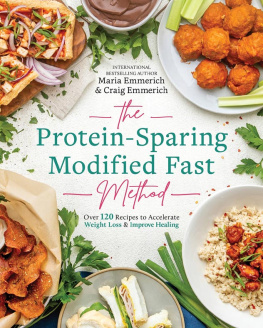






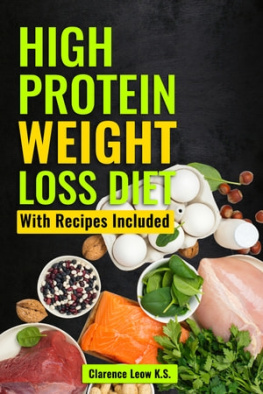

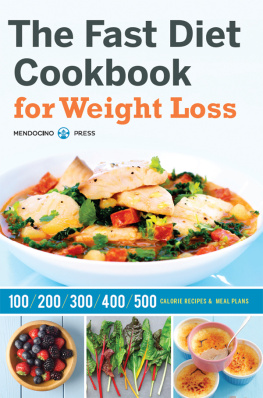
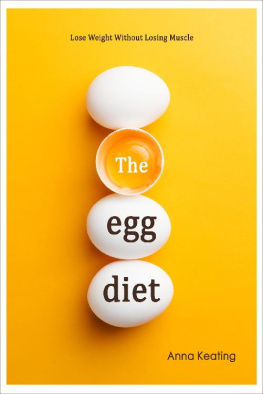
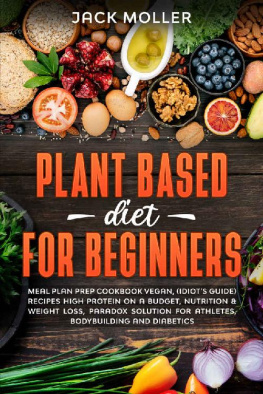


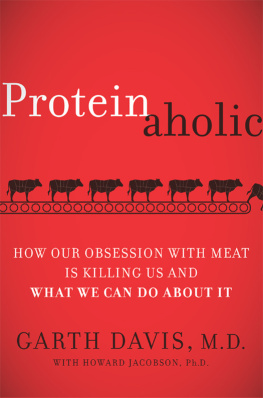
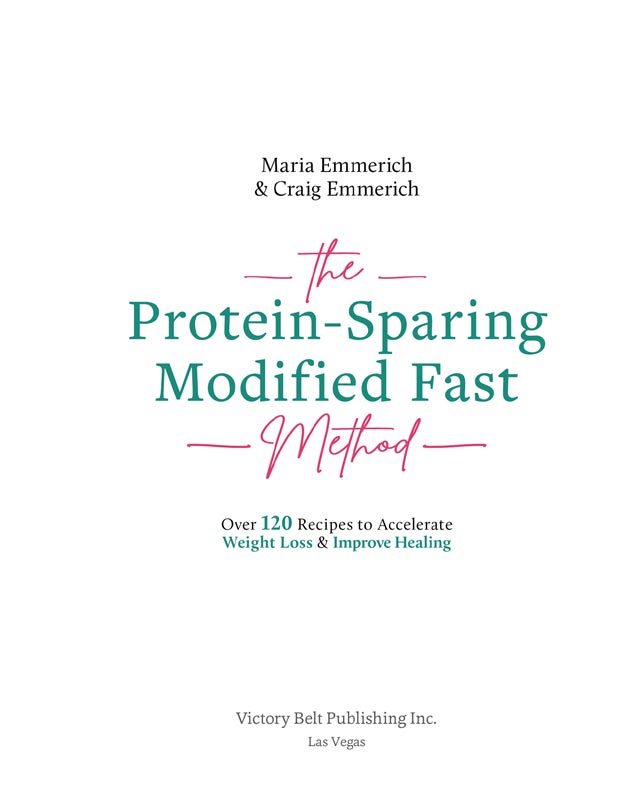
 table of contents
table of contents 

 Excess dietary fat prevents fat loss When doing a fat fast, all of the fat you eat will go into storage in your fat cells.
Excess dietary fat prevents fat loss When doing a fat fast, all of the fat you eat will go into storage in your fat cells.